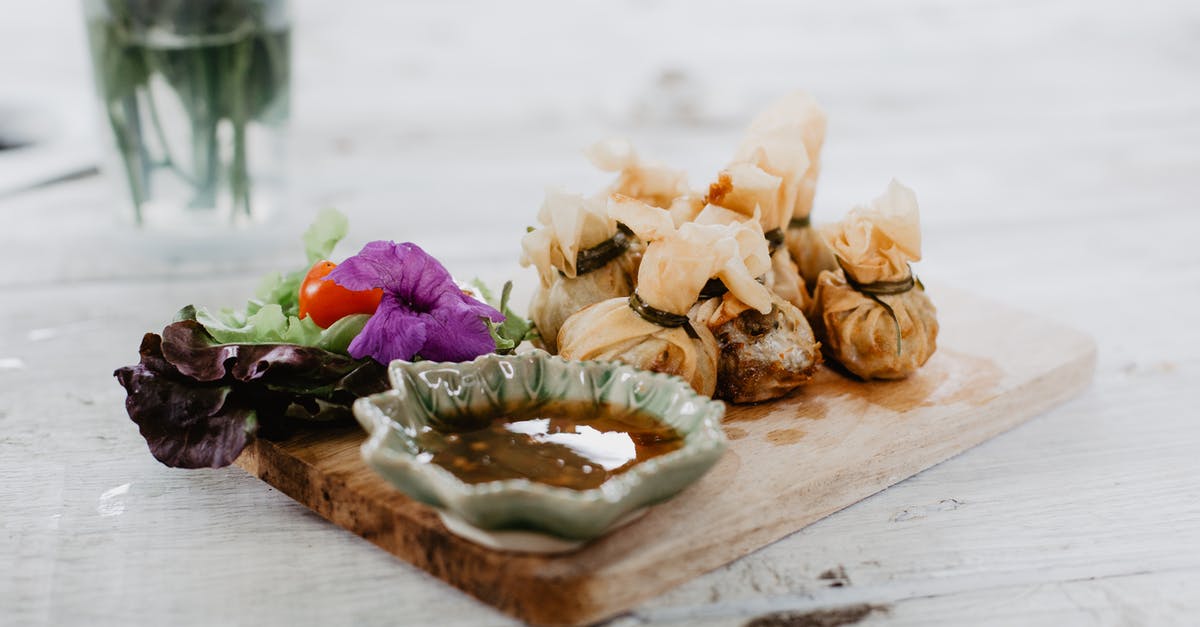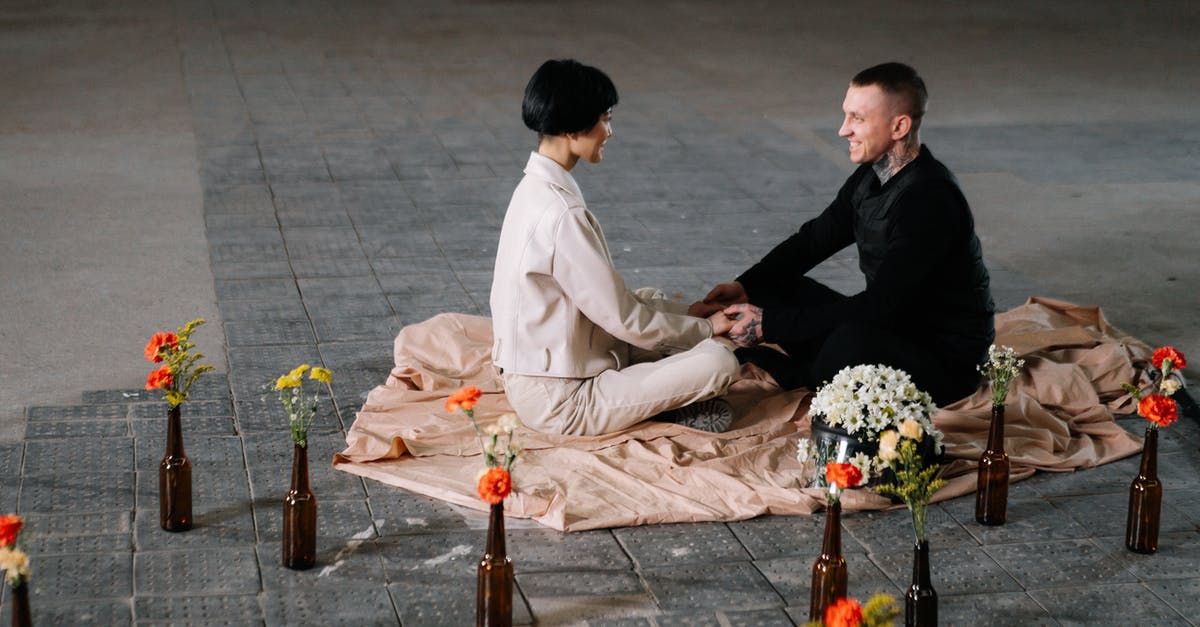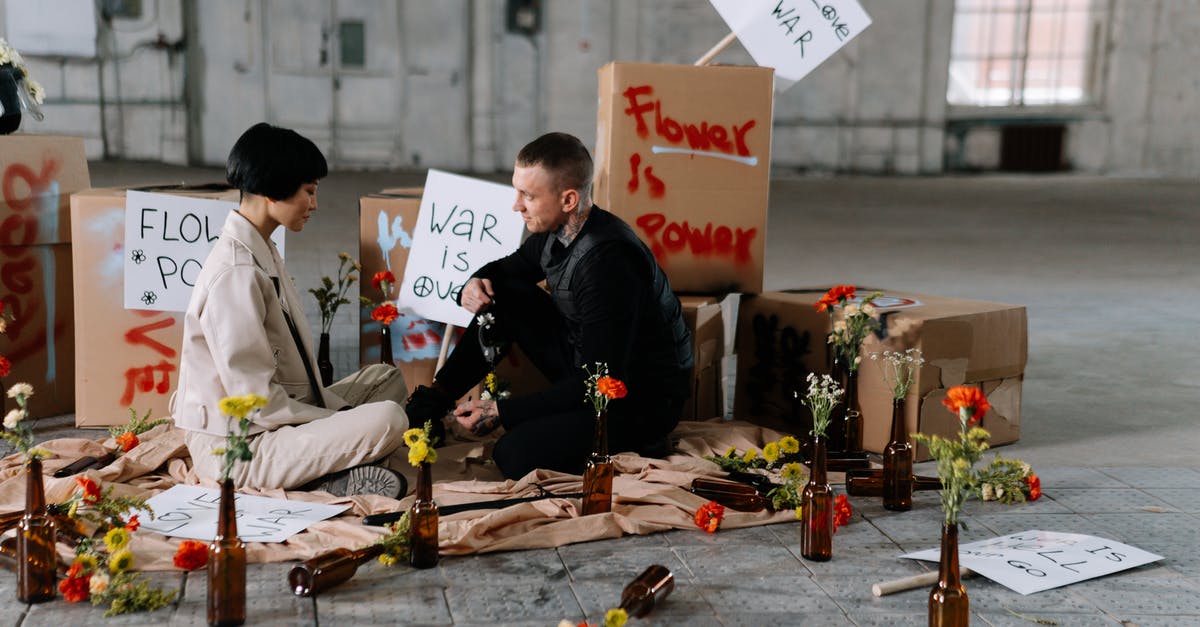What is the difference in blanching and parboiling?

From the time I was very young and just beginning to cook, I always heard about blanching but never heard of parboiling. I learned how to blanch vegetables to prepare for freezing, removing skins from tomatoes and nuts, etc., all pretty standard.
However, in later years I hear the term parboiling quite frequently. Wondering if it was the same thing, I started searching for information. Believe me when I say that there is no shortage of it!
My problem is that there doesn't seem to be any consistent answers. I found answers saying they were the same, that one used the ice bath and the other didn't (but one site will say to use the ice bath when blanching and another will say when parboiling), and even lengthy descriptions of either. What I can't seem to find is anything consistent.
Is it just a case of semantics with the terms being interchangeable? If they are different methods, can anyone give me the true answer of what each is from a credible culinary source?
Best Answer
Both involve boiling water, but there are a number of differences:
blanching has two meanings -- it's mainly used when talking about setting (or enhancing) the color of vegetables, with minimal cooking (only the outermost layer is cooked). As such, it's typically only a few seconds to a minute dip in already boiling water, followed by a shock (dip in ice water) to halt any further cooking. It's often used for vegetables that are going to be eaten raw.
parboiling means that you cook something in boiling water to give it a head start. (Parcooking in boiling water) Typically, the purpose is to cook an item to speed up the cooking time for some following cooking method. (eg, partially cook some items in a casserole so that all items will be done at the same time after baking).
And then we have the overlap case -- when you cook something in water to change the characteristics (other than color) of an item before some other cooking step. For example, we might be trying to extract bitter compounds, or soften a food such that some other processing step can be performed (eg, soften cabbage leaves so they can be used as a wrapper). In this case, you're typically cooking the item more than just superficially, and the pre-cooking results in a different result than you'd simply get by increasing the time of the final cooking (eg, the oil blanch for pommes frites, softening the skin to peel a tomato)
So, to help make a decision on which term to use:
- if the goal of the step is color change of the ingredient : blanch
- if you cook it for only a few seconds, or up to a minute and shock in cold water : blanch
- if there's no additional cooking done after this step : blanch
- if you could skip this step with no change in other cooking times : blanch
- if you could skip this step by increasing the cooking time at some later step : par-boil
... for other cases, where the step can't be omitted without causing problems in the recipe (eg, cabage breaks because it wasn't softened), or final result (too bitter) ... you can often use either term. You might consider how far 'cooked' the item is after the step if you want to prefer one or the other. (under about 25% cooked, go with 'blanch', if over 50%, go with par-boil)
Pictures about "What is the difference in blanching and parboiling?"



Quick Answer about "What is the difference in blanching and parboiling?"
Blanching refers to the method of rapidly dipping a food item into boiling water and then rapidly chilling it by then dropping it into ice water. Parboiling refers to a rapid boiling process, but not to a rapid chilling process.How is blanching different from boiling?
For me, the main difference is whether, after the process of boiling, the food is fully or partially cooked. If the food can be eaten after boiling, with or without the ice bath, it was blanched. If the food needs additional cooking, it was parboiled.What does blanch for 3 minutes mean?
Blanching is scalding vegetables in boiling water or steam for a short time. It is typically followed by quick, thorough cooling in very cold or ice water. Blanching stops enzyme actions which otherwise cause loss of flavor, color and texture.What does blanching parboiling and fully cooked mean?
In most instances, parboiling something is to speed up its cooking time when it is going to be cooked again later. With parboiling, the food is immersed into boiling water and cooked until it begins to soften, but it is then removed before becoming fully cooked.What are the three types of blanching?
Freezing- Blanching. Blanching (scalding vegetables in boiling water or steam for a short time) is a must for almost all vegetables to be frozen. ...
- Water Blanching. For home freezing, the most satisfactory way to heat all vegetables is in boiling water. ...
- Steam Blanching. ...
- Microwave Blanching. ...
- Cooling. ...
- Blanching Times*
Parboil vs. Blanching - How to Parboil - Home Ec 101
More answers regarding what is the difference in blanching and parboiling?
Answer 2
My copy of The New Food Lover's Companion (which I have found to be an indispensable reference for a huge number of culinary terms) reads as follows:
Pages 488-89:
parboil To partially cook food by boiling it briefly in water.
Page 68:
blanch To plunge food (usually vegetables and fruits) into boiling water briefly, then into cold water to stop the cooking process.
I find this to be a very trustworthy dictionary for culinary terms (a number of professional chefs I know own copies that they also reference on occasion) and it seems to make the distinction very clear and simple.
Both involve briefly cooking food in boiling water; however, blanching involves plunging into an ice bath immediately afterwards to halt the cooking process, while parboiling does not.
Sources: Stack Exchange - This article follows the attribution requirements of Stack Exchange and is licensed under CC BY-SA 3.0.
Images: ROMAN ODINTSOV, cottonbro, cottonbro, alleksana
